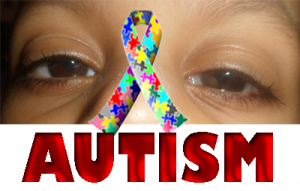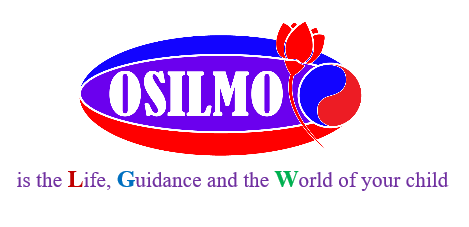Autism, a term coined by Eugene Bleuler in 1912 meaning “aloneness” was adopted in 1943 by Leo Kanner who First described this condition.
Autism is a brain disorder or abnormality in the brain structure or function that begins in early childhood and Autism is often considered the prototypic PDD since It is characterized by significant delays in all three domains of Communication, social interactions, and aberrant behaviour. The intensity of symptoms in three domains can vary immensely. Autism is often associated with only the most severe symptoms. However, the intensity of each domain falls on a continuum. Some individuals are able to speak and communicate their needs, while others are nonverbal. Some are able to have friends based solely on common interests, while others are exclusively aloof and indifferent. Some individuals have more flexibility, less stereotypies, fewer preoccupations, while others must follow specific routines, rituals and have very well circumscribed interests.
The signs and symptoms of Autism may be apparent by the time a child is 12 -18 months although the diagnosis may come after 2years old.
Behavioral characteristics of Autism are almost always evident by the time the child is 3 years. Boys are 3 – 4 times more likely than girls to have Autism.
People with Autism also process and respond to information in unique ways. In some cases, aggressive and/or self injurious behaviour may be present. Persons with Autism may also exhibit some of the following traits.
Diagnostic Criteria A.) Persistent deficits is social communication and social interaction across multiple contexts, as manifested by the following,currently or by history
I.) Deficits is social-emotional reciprocity, ranging, for example, from abnormal social approach and failure of normal back-and-forth conversation;to reduced sharing of interests, emotions, or affect; to failure to initiate or respond to social interactions.
II.) Deficits in nonverbal communicative behaviors used for social interaction , ranging, for example, from poorly integrated verbal and nonverbal communication; to abnormalities in eye contact and body language or deficits in understanding and use of gestures; to a total lack of facial expressions and nonverbal communication.
III.) Deficits in developing, maintaining, and understanding relationships, ranging, for example, from difficulties adjusting behavior to suit various social contexts; to difficulties in sharing imaginative play or in making friends; to absence of interest in peers.
B.) Restricted, repetitive patterns of behavior, interests, or activities, as manifested by at least two of the following, currently or by history.
I.) Stereotyped or repetitive motor movements, use of objects, or speech ( e.g., simple motor stereotypies, lining up toys or flipping objects, echolalia, idiosyncratic phrases )
II.) Insistence on sameness,inflexible adherence to routines, or ritualized patterns of verbal or nonverbal behavior (e.g., extreme distress at small changes, difficulties with transitions, rigid thinking patterns, greeting rituals, need to take same route or eat same food every day)
III.) Highly restricted, fixated interests that are abnormal in intensity or focus ( e.g., strong attachment to or preoccupation with unusual objects, excessively circumscribed or perseverative interests ).
IV.) Hyper or hyporeactivity to sensory input or unusual interest in sensory aspects of the environment (e.g., apparent indifference to pain/temperature,adverse response to specific sounds or textures, excessive smelling or touching of objects, visual fascination with lights or movement).
C.) Symptoms must be present in the early developmental period (but may not become fully manifest until social demands exceed limited capacities, or may be masked by learned strategies in later life).
D.) Symptoms cause clinically significant impairment in social, occupational, or other important areas of current functioning.
642-832






